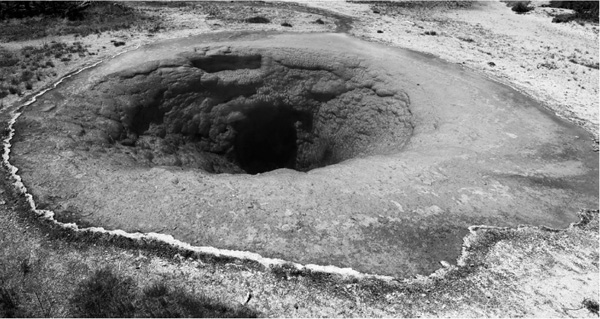Basics of BiologyBiology and Life |
What is the earliest evidence of life found thus far? |
In 2013, scientists studying some of the oldest rocks in the world found traces of life that date back 3.49 billion years. Located in the Pilbara region of Western Australia, the area contains a collection of well-preserved, ancient sedimentary rocks. The region was originally a sandy coastal plain; the sands were eventually built up into microbial mats by microbes. Over millions of years, the sand turned into rock, preserving the bacterial mats. Although no fossils remain in the ancient rock, the researchers found that the rock’s mats contained weblike patterns and textures—called Microbially Induced Sedimentary Structures (MISS)—probably created by an ecosystem of different ancient bacteria.
Today, microbial mats still form in places such as the Pilbara—mainly in the form of stromatolites (for more about stromatolites, see this chapter). Cyanobacteria (and other bacteria) live in the mats, which produce oxygen through photosynthesis. This is probably the same process that occurred around 2.4 billion years ago, when it is thought that cyanobacteria produced an abundant amount of oxygen, setting the stage for our oxygen-rich atmosphere and oxygen-dependent organisms.

Archaebacteria can live in extreme environments where other organisms would quickly perish, such as this sulphurous hot spring in Yellowstone National Park.
